December found Lamborghini at Art Basel Miami, where it introduced an off-road rally car, the 2023 Lamborghini Huracán Sterrato. The Detroit Bureau had a chance to sit down with Lamborghini CEO Stephan Winklemann to talk about the car and the company’s future direction.
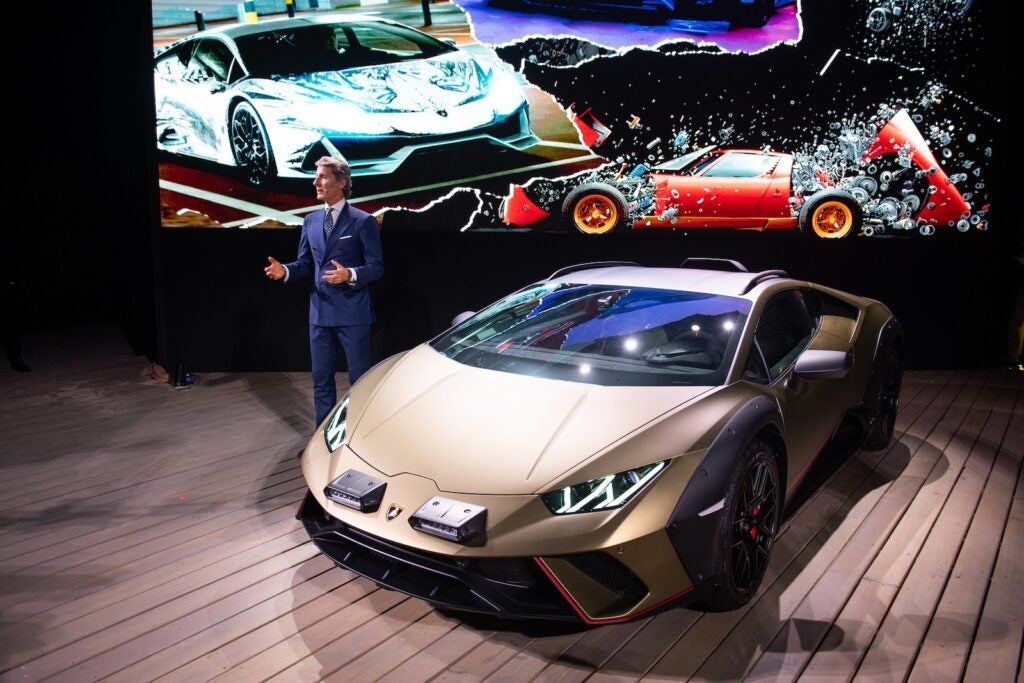
The interview that follows has been edited for length and clarity.
TheDetroitBureau.com: What is the impetus behind the Sterrato? What were you missing in this space that you felt you needed to do with this car?
Stephan Winklemann: You always want to do something unexpected. We have a four-wheel-drive car, which is something which you can use extensively in every condition. But we never used it on gravel. And if the car is able to be lifted, it can have different tires and we can adapt to make it a car that is also able to go all terrain. The idea was there for a long time, but now the realization is now and this is a good combination because it’s unexpected. So, it’s something completely new. It’s fun to drive, and it’s also our last internal combustion engine car we are launching. So, this creates also an expectation around this car, which could not be better in my opinion. And it’s so much fun to drive on the road, on the racetrack, but also on gravel.
TDB: What is the customer reaction been like? This is so unexpected.
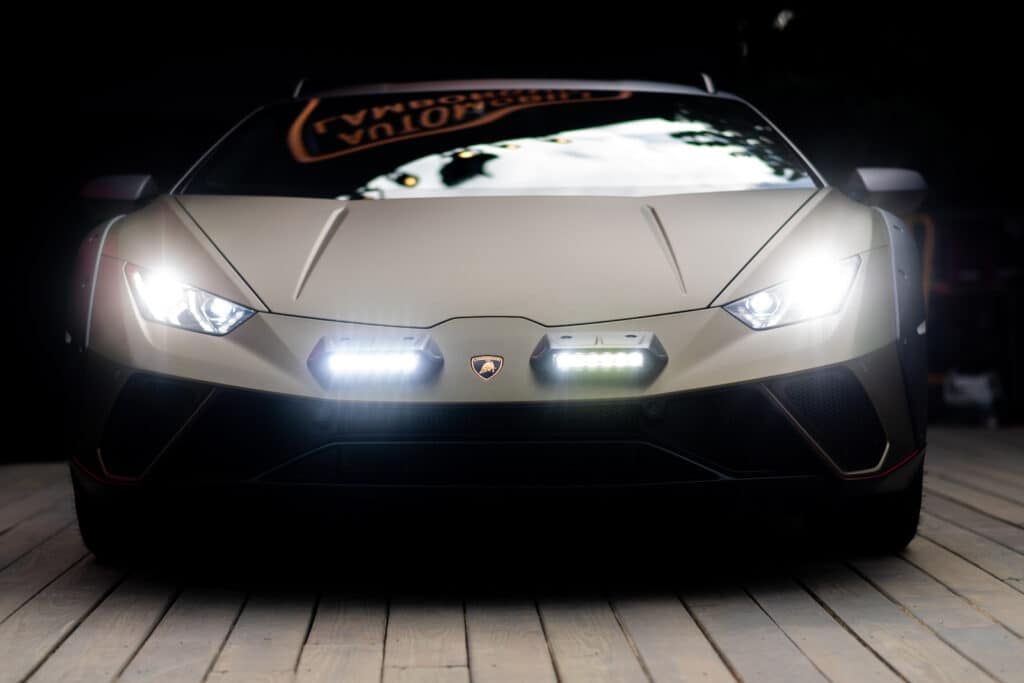
SW: Already two thirds of the cars are sold without them being seen, and this is such a different car. It’s usually not normal that somebody buys into something which is so new, so different. But they trust us and they love the idea and so they will be gone in a blink of an eye.
TDB: As you electrify, what are the challenges facing Lamborghini as a brand and the products?
SW: The first challenge we have already achieved, because the line-up is going be hybridized by the end of 2024. We are giving more performance and more sustainability and this is something they really appreciate and therefore, we don’t see any risks on this first step. When it comes down to full electrification, we are looking into having a fourth model, which will be then the first full electric car. So, it’s a new car and a new segment. In addition, and we are thinking about a GT car, and this will be in 2028. It’s a car that will be completely new, with new technology.
TDB: Lamborghini has made a big effort at increasing improving the sustainability of its production process. But isn’t it a bit of a dichotomy for a producer of 12-cylinder supercars to be talking about sustainability?
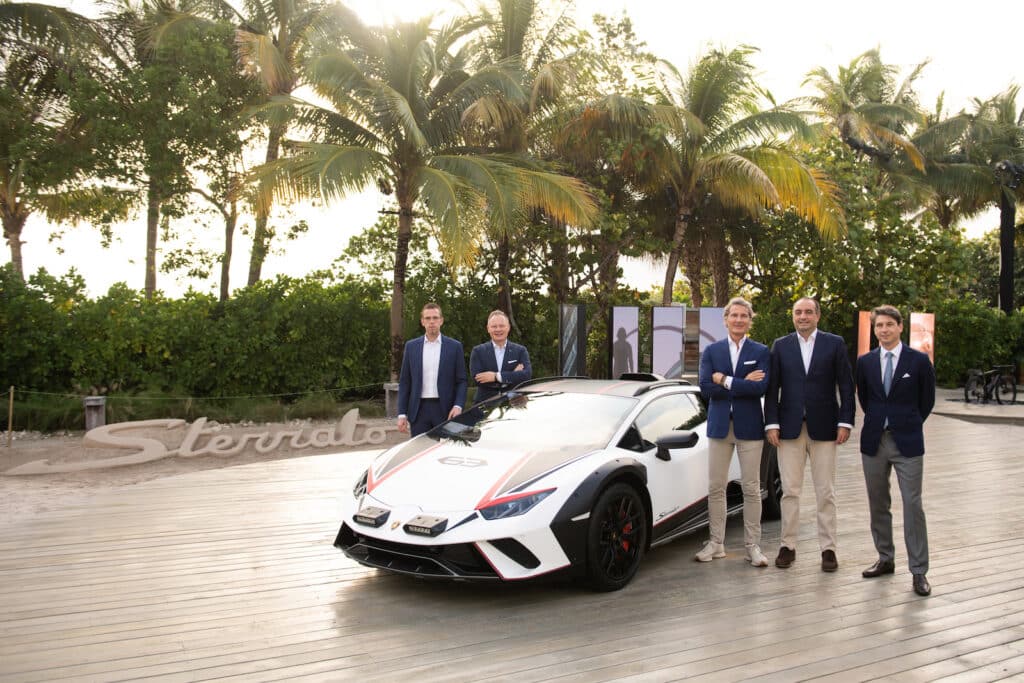
SW: If it’s greenwashing, it’s not. But if you are consistent and can prove that the things you’re doing are really reducing emissions. And by changing the line-up with hybridization, we reduce carbon emissions by 50% in comparison to today. We are carbon neutral in our plants, in our headquarter and also, not only production, but also all the premises, the development area all the offices and design. So, this is, in my opinion, something which is important that we started in 2009. Now it’s clear that there is a lot which has to be done for the future. But I think that we have, more than others, already achieved a lot.
TDB: Why take the immediately step of going to hybrid and then electric? Is it because you don’t think your customers will accept a purely electric Lamborghini?
SW: That’s a good point. We think that the technology is not there yet to get a pure electric super sportscar accepted. This is something we see also by observing the market, but more or less technology and acceptance.
TDB: Because you didn’t leap right into changing your powertrain technology quickly, are you finding there’s less resistance now as you change powertrain technology than there would have been say if you would have tackled it earlier?
SW: Nobody knows, but we see that now. It’s a good time even if we were not the first ones to do and we always say we don’t have to be the first ones but when we come, we have to be convinced and be the best ones.
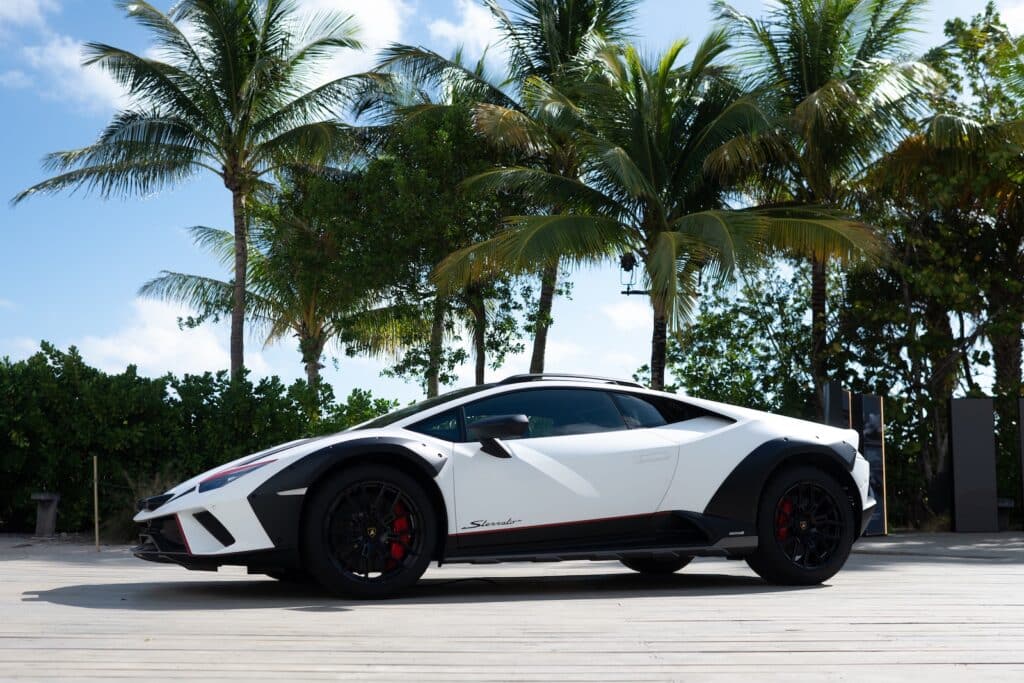
TDB: Have you faced any difficulties, like so many manufacturers, with procuring the semiconductors and parts, and have you found your production delayed because of that?
SW: Yeah, microchips, but we are safeguarded by the Volkswagen Group. And we were affected by the war with the cables for the Huracan, and then the third one which is affecting us is the supply of carbon fiber. It’s a constant challenge to keep up with the supply chain and to get all the parts in, but we also increased production twice. So not only could we keep the level of production, but we increased the level because we have a very high demand. And still, every month we are selling more cars than we are able to produce.
TDB: It must be nice to have customers who aren’t affected by rising interest rates.
SW: Yes, even if they are affected, they’re more resilient. There are more customers with the liquidity available compared to two to 2008 or 2009. They’re younger on average, and due to the lockdown, there is a lot of savings that they’re willing to spend to reward themselves and to get out of the dark times they had during the COVID.
TDB: Given the exclusivity of your product, there’s always temptation to build more and you have increased production in the last 12 months. How much is too much?
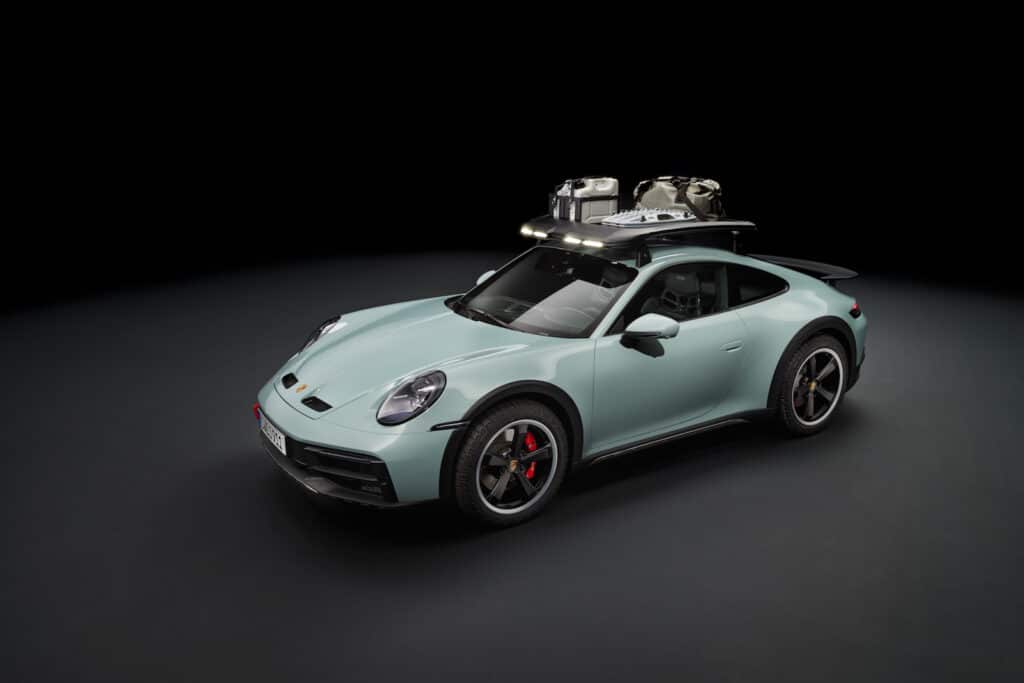
SW: You always have to build less than demand. This is a basic rule. And then you have to constantly monitor the size of the segment. And that depends on how many segments you’re in. And on top of that, residuals have to be controlled, so your used car business is one of the key indicators for the for the value of the brand. And then, how many are coming into the showroom? You have to measure with this and you have to create let’s say a waiting period which is not too long.
TDB: With the success of the Urus, any thought of any additional SUV models coming into the lineup?
SW: Not so far, because we know where the fourth model which will be GT with more ground clearance, we are entering into a segment which we were at the beginning of let’s say the life of Lamborghini. And we’re returning with a new design language, a new body style, more ground clearance, and so the best of two worlds.
TDB: How would you say Lamborghinis images changed over the past decade?
SW: To the positive now that it’s much more trendy than it was in the past. We have a very young customer base, so we have more and more young people approaching us. Also, we have more female customers stepping into the brand, which I think is very positive because it’s breaking a bit the fear of having a car that is difficult to drive. This is one of the things that we recognize, speaking to people who are first-time buyers of the Lamborghini Urus; they start buying other cars.
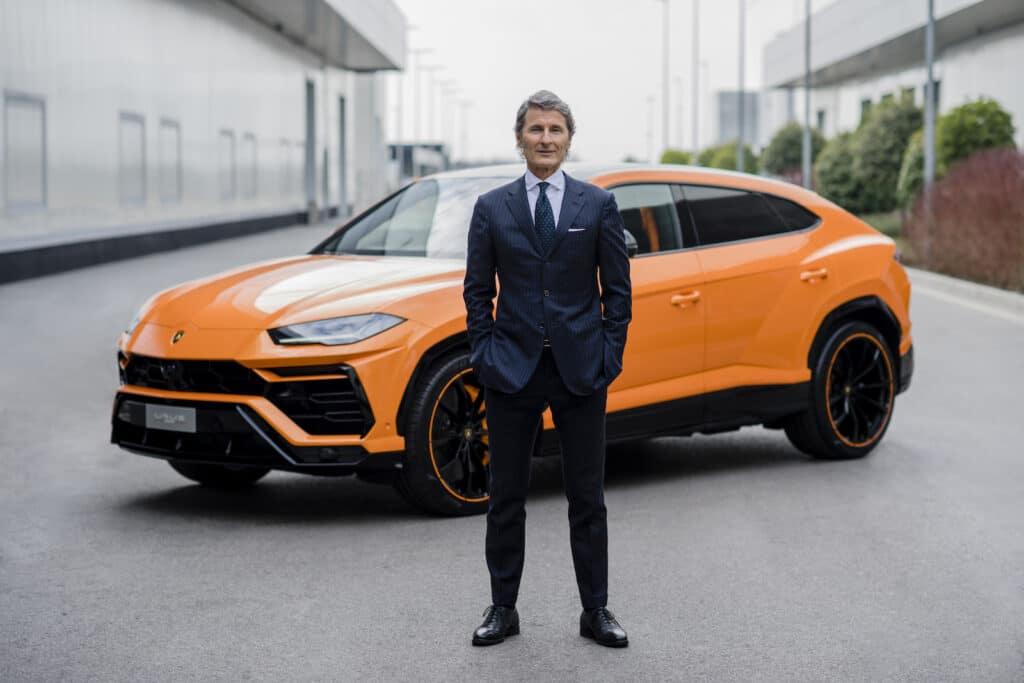
TDB: Certainly, Lamborghinis are easier to drive than they once were, but how have they stayed the same?
SW: It’s still a dream car. You have to change everything to remain attractive. When I joined Lamborghini, we were very focused on (being) an uncompromising extremely Italian (brand) — a very clear, very distinctive, very easy message. But now, we are opening up. It’s more human oriented, and this is helping a lot. No brand is staying the same, but every brand is recognizable over the generations. So there is a constant movement and a constant adaptation, which you only recognize when you look back. One of the things which is key to the success of tomorrow is that you have solid rules, that you know what you did in the past and why.
TDB: And being part of the Volkswagen Group has certainly brought benefits to Lamborghini.
SW: In terms of synergies and scale in terms of software, electrification, the platform strategy; there’s a lot we can benefit from without jeopardizing the essence, the DNA of Lamborghini. Every brand in the automotive business decides between make or buy. There is nobody just making, and for us, we have the opportunity to buy from off the shelf, which is a huge opportunity in comparison to other brands of our size and then you can also go outside and this is a huge advantage we have.
TDB: But that has allowed the brand to survive when so many others have had financial challenges.
SW: Yes, but I also have to say we were more cautious than others in doing business. When we put the money down, we always try to see that it has to last at least eight to 10 years on the market. And you’re starting developing four or five years before the cars come onto the market.
TDB: That must be incredibly hard to predict, especially with new powertrains. The whole styling paradigm is going to shift and that’s probably the biggest challenge going forward.
SW: And with the new the fourth model, now you have the batteries, you have more luggage space, you have more and a there’s a lot of you can do to create also a different a different design, but it has to be true to your roots. So the DNA cannot change.
- SEO Powered Content & PR Distribution. Get Amplified Today.
- Platoblockchain. Web3 Metaverse Intelligence. Knowledge Amplified. Access Here.
- Source: https://www.thedetroitbureau.com/2022/12/qa-lamborghini-ceo-stephan-winkelmann-2/



